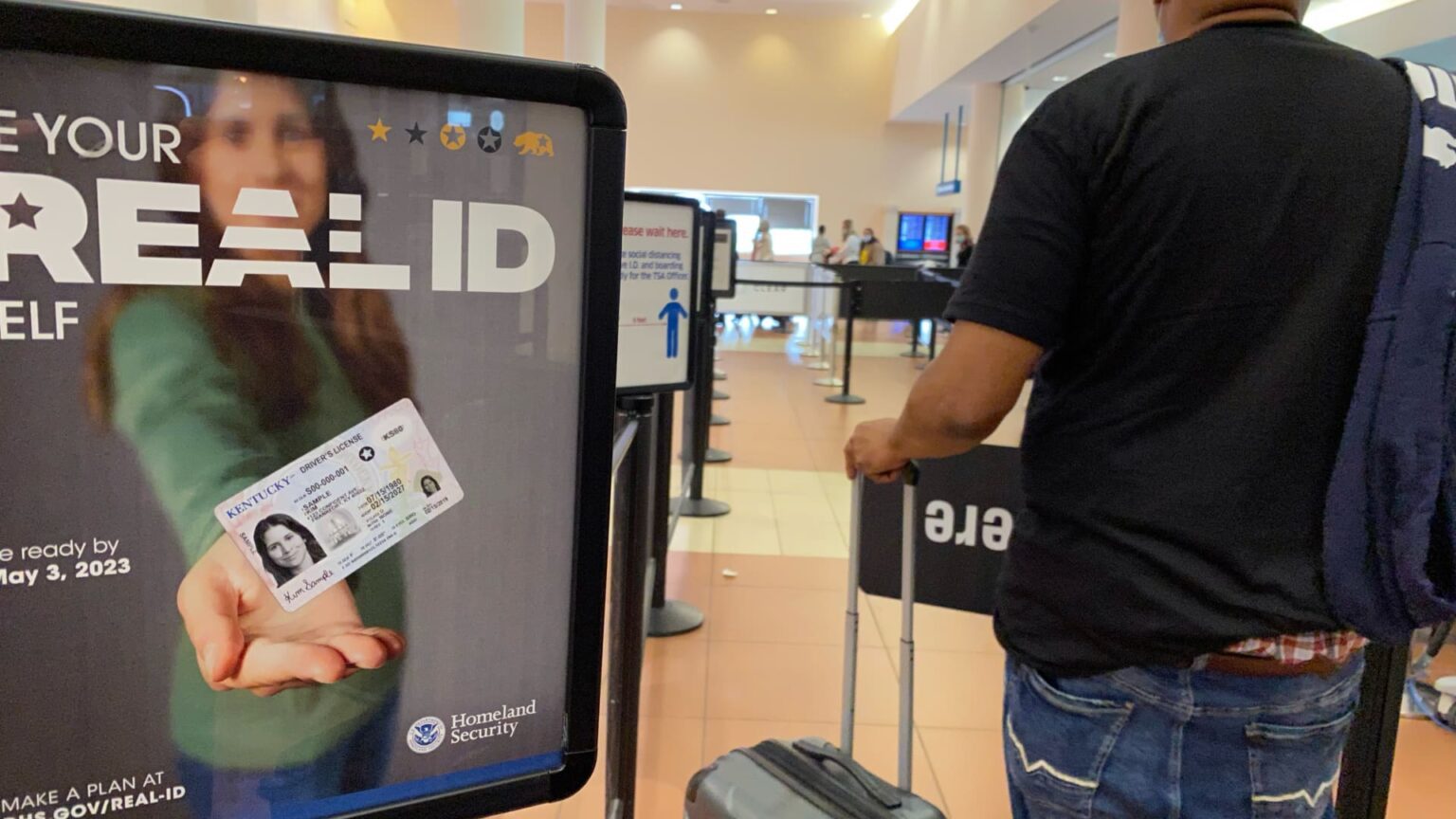Understanding Real ID Requirements for Air Travel
As the enforcement date approaches, it’s crucial for travelers to be aware of the Real ID requirements set to take effect on May 7, 2023. The federal government has emphasized that proper identification will be necessary for accessing many U.S. airports and boarding domestic flights.
The Importance of Real ID
A Real ID-compliant identification, such as a driver’s license or a state-issued ID, is mandated for adult travelers (18 and older) when flying within the United States. This initiative arose from the security measures introduced following the September 11 attacks to prevent fraudulent identification usage.
Implemented through the Real ID Act passed in 2005, these identification cards must meet specific federal standards. The cards feature a distinct marking—a gold or black star in most states, while California uses a yellow bear symbol—to indicate compliance.
Current Compliance Status
According to the Transportation Security Administration (TSA), 81% of passengers already possess Real ID-compliant identification, although this percentage can vary by state. As the enforcement date nears, federal and state officials are encouraging individuals to schedule appointments at local motor vehicle departments to obtain or upgrade their IDs. However, many are experiencing limited availability for these appointments.
“Make your appointments now as quick as possible,” advised John Essig, federal security director for New York City-area airports. “We certainly don’t want to hold up anyone without Real ID at the checkpoint,” he reiterated during a recent press briefing.
What If You Don’t Have a Real ID?
If you’re unable to secure a Real ID by May 7, there are alternative forms of identification that remain valid for air travel, including:
- A valid U.S. passport
- A permanent resident card (green card)
- A trusted traveler card, such as Global Entry
- Other TSA-approved forms of ID
International Travel Considerations
It’s important to note that a Real ID cannot be used for international flights. For those traveling to Mexico or Canada, an “enhanced ID” that meets Real ID compliance standards is available, allowing for more flexible travel options.
Expectation and Reality of the Deadline
The TSA has confirmed that the May 7 deadline is indeed final. Travelers arriving at airport checkpoints without proper ID may face significant delays due to additional identity verification processes or, in some cases, may be denied entry to security areas entirely.
For those without a Real ID or acceptable alternative identification, TSA recommends arriving at least three hours prior to their flight to accommodate potential delays.
“Identity verification is a lynchpin in security, and we will ensure passengers are properly verified before they can proceed beyond the checkpoint,” stated TSA spokesperson Carter Langston.
Conclusion
As enforcement of the Real ID requirements approaches, travelers are urged to ensure they have the necessary identification for hassle-free boarding and security checks. With proper planning and understanding of the requirements, travelers can navigate these changes smoothly.
